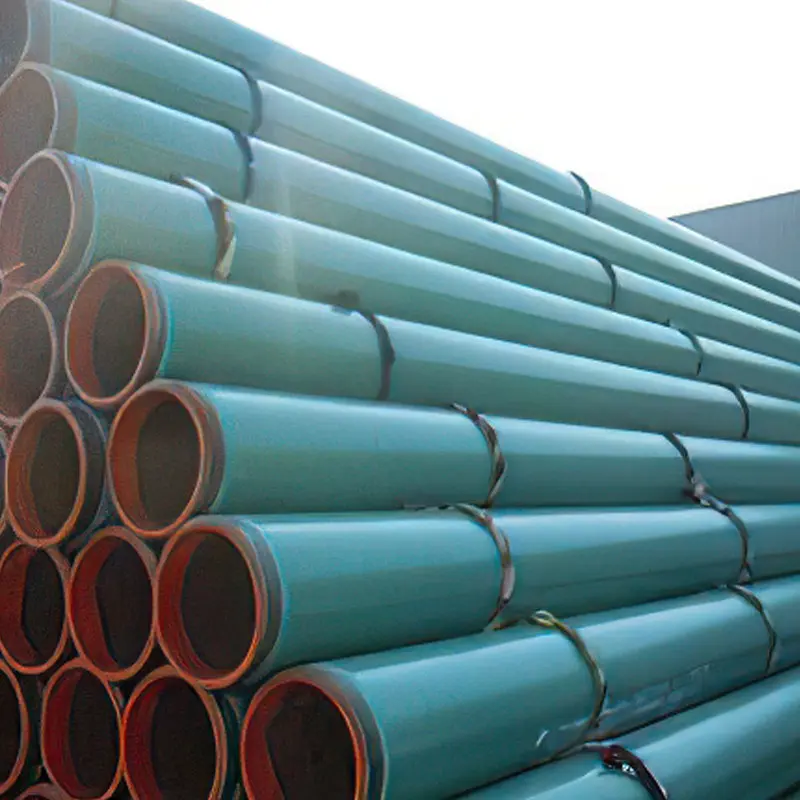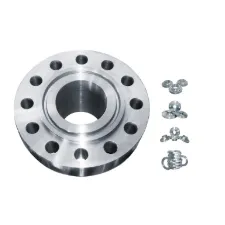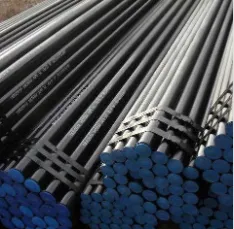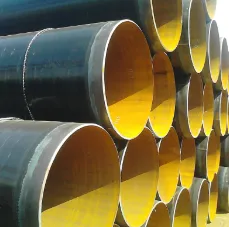

Experience with ASTM A106 Grade B is enriched by practical applications and real-world case studies. Energy sector professionals, for instance, have found that pipelines constructed from this grade withstand the challenging environments encountered in crude oil extraction and transportation. The material's resilience against temperature fluctuations and corrosive substances ensures minimal maintenance and long service life, factors critically important in remote operations where downtime is costly. In the domain of petrochemicals, the grade's ability to handle high-temperature fluids makes it preferable for processing equipment and transmission pipelines. For companies considering ASTM A106 Grade B, it's imperative to partner with suppliers who not only understand the material specifications but also the contextual requirements of your specific project. Engaging experts who can provide guidance on fitting and installation helps mitigate risks and optimize the steel's performance. Moreover, ensuring compliance with local and international industry standards further solidifies trust in using this material in expansive global projects. In conclusion, ASTM A106 Grade B material stands as an exemplar in the carbon steel piping industry, held in high regard for its seamless construction, adaptability to extreme conditions, and compliance with rigorous standards. For professionals across sectors, understanding its properties, production techniques, and application scenarios leads to informed decision-making and successful project outcomes. Whether in high-stakes energy sectors or industrial manufacturing, ASTM A106 Grade B remains a material of choice, synonymous with quality, reliability, and durability.
Post time: ফেব্রু. . 01, 2025 00:33
















